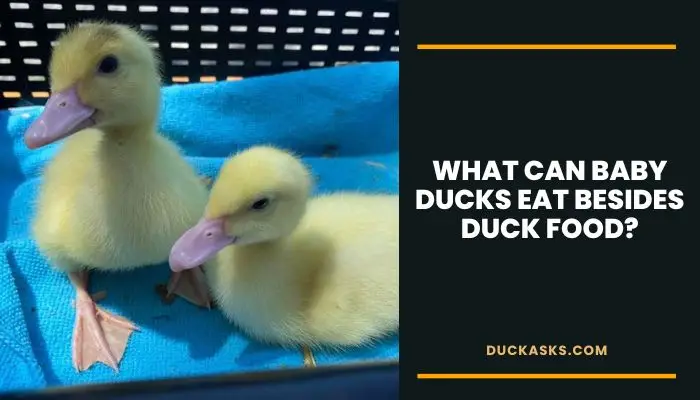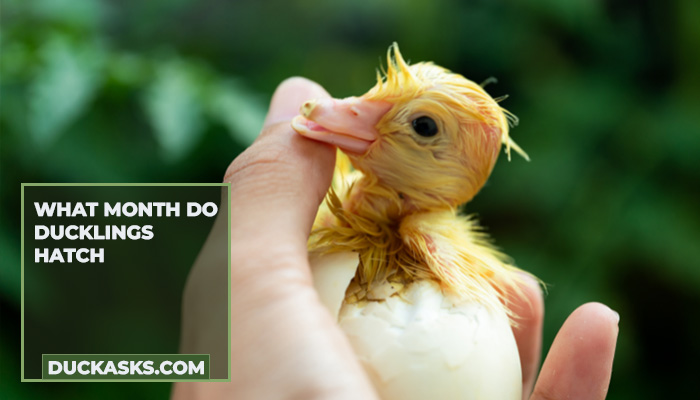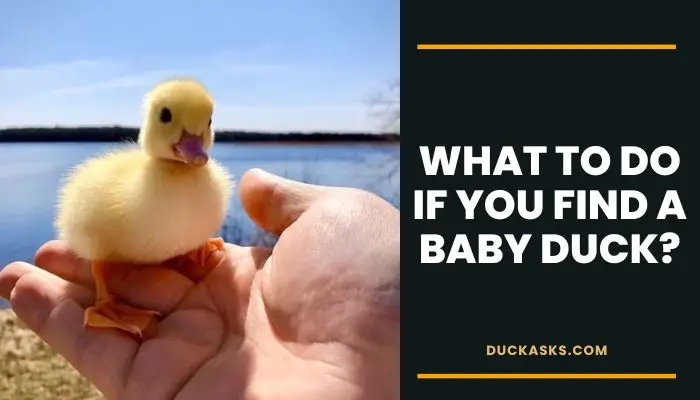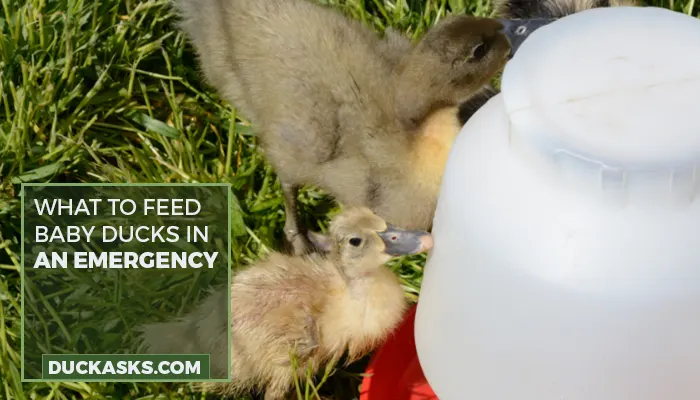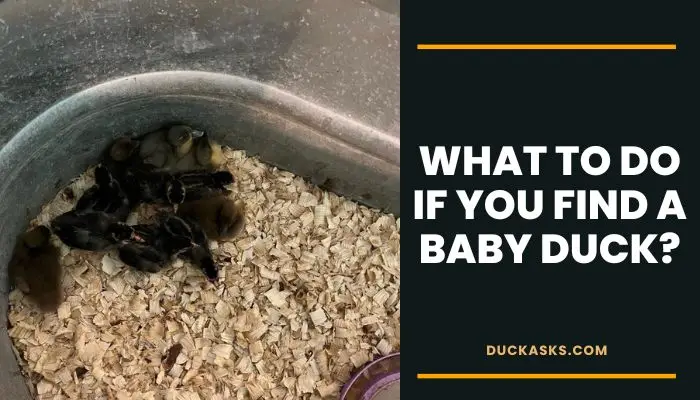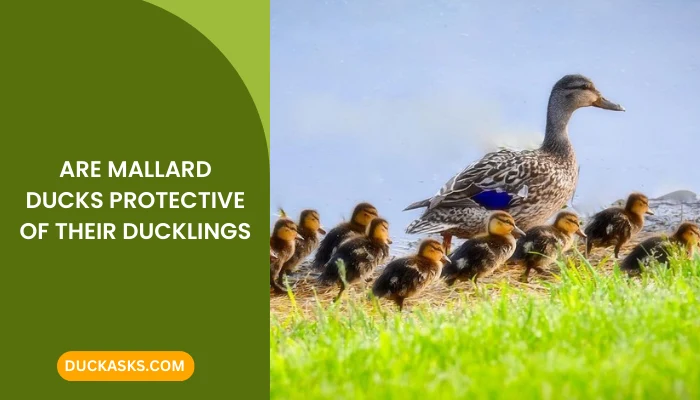How To Tell What Color Your Yellow Ducklings Will Turn?
Your baby ducks look unrecognizable once they grow up. If you leave a batch of ducklings and meet them after 6-8 weeks, you might not be able to find a single yellow duck among them.
So, what color do yellow ducklings turn as they grow? Yellow ducklings can turn into different colors as they become adults. For instance, the American and German pecan turns white. Meanwhile, the Mallard ducks develop a glistening green head and chestnut belly.
Other breeds that are yellow as ducklings can grow up to be gray, golden, fawn, orange, etc. Follow the discussion to learn more.
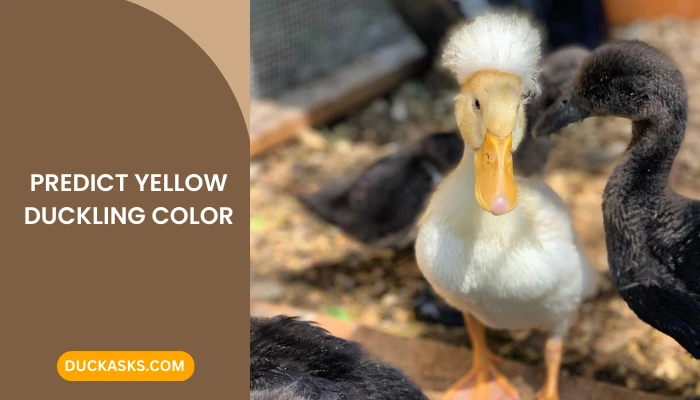
Do All Yellow Ducklings Eventually Turn The Same Color?
No. Many duck species produce yellow offspring. However, these ducklings would change and take the adult colors of their respective breeds once they grow up.
So, yellow ducklings of various species would take different colors as they become adults. Take a look at some of the well-known species with yellow ducklings and the colors they eventually turn into –

American Pekin
These species produce the classic yellow ducklings you see in cartoons or drawings. Some would say these ducklings are more white than yellow. They turn into a creamy white color as they grow up.
Call Duck
The ducklings of the species have light-yellow downy feathers. These ducks can be gray, white, blue, or chocolate color as adults. The males usually have a stronger colored plumage than females.
Northern Shoveler
Baby ducks of this breed are a solid yellow color. You might also notice some black markings on their head and wings. When adults, the male develops a characteristic green head and chestnut belly.
Muscovy Duck
The ducklings have yellow feathers with black spots. Most of the adult ducks are white, black, or brown. Some of them develop a caruncle. It’s a red fleshy growth around the ducks’ eyes and bills.
Mallard Duck
The offspring of this species are partially yellow. They also have dark streaks on the back and head. Adult males have a rich green head and gray body. Meanwhile, females have brown feathers and purple patches.
Many other ducklings are yellow at birth. For example, the Indian Runner, German Pekin, Magpies Duck, or Saxony. However, they become white, black, brown, or patterned as adults.
At What Age Do Yellow Ducklings Typically Start To Change Color?
The age when yellow ducklings start to change colors can vary across breeds. On average, you can expect it to happen when they are 8-6 weeks old.
Some ducklings can begin the process as early as week three. Meanwhile, the changes don’t appear until the tenth or twelfth week for some species.

American and German Pekin, Magpie, Saxony, and Indian Runner ducklings are early bloomers. They start showing changes in their feather colors as early as 3-4 weeks.
Examples of late bloomers include the Mallard, Muscovy, Northern Shoveler, and Mandarin ducks. These ducklings transition from yellow to their adult colors when they’re 6-8 weeks old.
Some ducklings can stay yellow for a much longer time. For instance, the Khaki Campbell and Cayuga ducks start taking their adult hues around 10-12 weeks of age.
When ducklings change colors, you might notice some other developments, too.
For instance, their slender bodies might start to look heavier. You will observe changes in behavior, like becoming more territorial and aggressive. They would also start to sound different.
Are There Certain Breeds Of Ducks That Retain Their Yellow Color Throughout Their Lives?
There aren’t any duckling species that would retain their original yellow color throughout their lives. Because all ducklings shed their downy feathers as they grow up and undergo pigmentation changes.
Plus, there isn’t a known duck species that are the same shades of yellow as their offspring. The majority of ducks are white, brown, grey, or mallard.
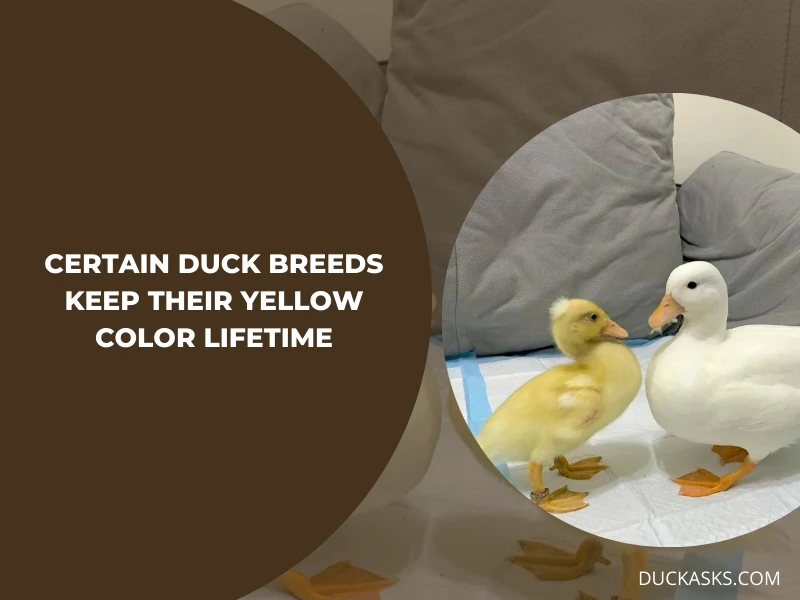
However, many yellow ducklings turn golden, orange, or yellowish-white when they become adults. To some people, these ducks might seem to have retained their baby colors.
Examples of golden orange ducks include- the Golden Cascade Duck, Welsh Harlequin, Fawn Runner Duck, etc. Meanwhile, the Aylesbury, Pomerian, and Swedish ducks can look yellowish-white in adulthood.
What Factors Contribute To The Color Change In Yellow Ducklings?
Their Breed, Pigments, and genetics are the main contributing factors to the color change of yellow ducklings. Also, sunlight, temperature, and nutrition are essential in the process.
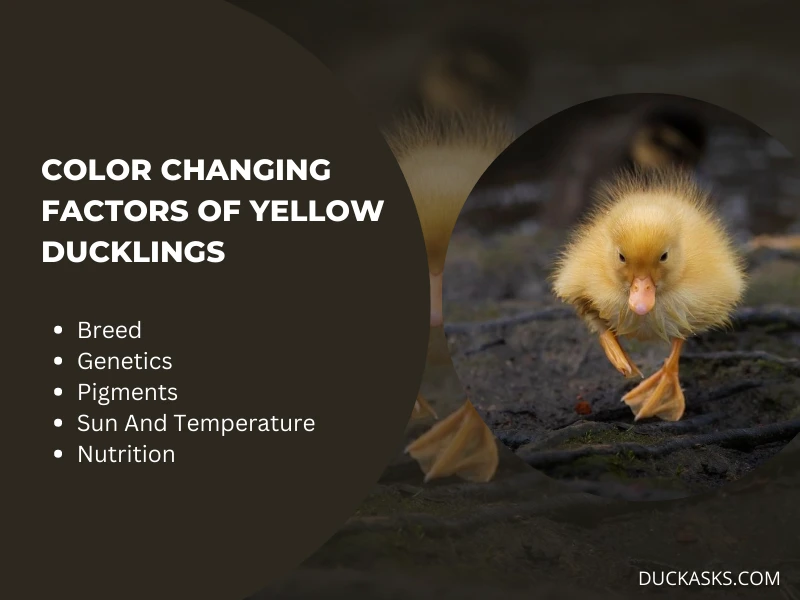
Breed
Most ducks that bear yellow offspring are domesticated breeds. For example, the American and Germa Pekins. For each breed, the genetics and pigments work differently. Thus, this factor determines how and when the color would change.
Genetics
A duckling’s feathers would change color according to its genetic makeup. Pigments are responsible for the ducklings’ feather colors. And the gene controls the production and activity of those pigments.
Pigments
Ducks usually have two types of pigments- melanin and carotenoids. The bright yellow color of ducklings results from carotenoids.
Meanwhile, melanin gives them the dark feathers. Alteration in the ratio of these pigments changes the duckling’s colors. For instance, carotenoids can go down during puberty while the melanin rises.
Sun And Temperature
Sunlight can have some effect on how ducklings change their colors with age. For instance, intense sun rays can degrade the pigments and contribute to the fading of the duckling’s yellow color.
Similarly, the temperature can also influence the color of ducklings by affecting the gene expression for pigments.
Therefore, temperature fluctuations can contribute to ducklings developing dark or light patches as they grow up.
Nutrition
Lastly, the ducklings’ feathers reflect their food habits. For instance, the pigment carotenoid, which gives them their yellow color, is derived chiefly from the diet.
Carrots, corn, and algae are some excellent examples of foods containing carotenoids.
If a duckling grows up eating these foods, their adult feathers will likely have a more yellowish tone. However, they must also have the genetic inclination for that.
What Causes The Color Change In Yellow Ducklings?
The hormonal changes of puberty and molting cause yellow ducklings to change their colors. The feathers you see on ducklings are Downy Plumage. Through the process of molting, ducklings get their Adult Plumage.
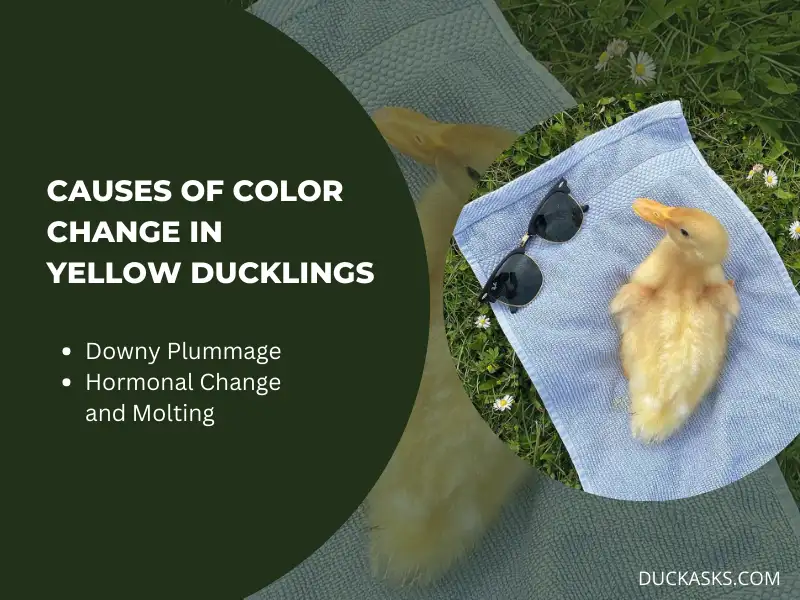
Downy Plumage
A duckling’s Downy Plumage has various functions. For instance, it keeps them warm and helps them avoid the eyes of predators.
The yellow color of the downy feathers can absorb adequate heat that might help the duckling from getting too hot or cold. Meanwhile, the color helps them blend with green-yellow landscapes and avoid predators’ eyes.
With the advancement of age, the ducklings develop better options for warmth and protection. This might be an evolutionary cause of color change in yellow ducklings.
Hormonal Change and Molting
The advancement of age induces hormonal changes in a duckling. Also, as daylight hours lengthen, the duck’s physiological system signals that mating season is near.
Molting and pigment production are two significant consequences of hormonal changes. The incidence of ducklings shading Downy plumage and growing newly pigmented feathers is Molting.
Ducklings molt into more prominent and mature colors. These new feathers are a natural part of their growing up. Also, Adult Plumage has an important function- attracting mates.
Conclusion
For a poultry farmer, it is essential to know what color do yellow ducklings turn as they grow. It helps you to understand how well your ducklings are maturing into adults. Remember, they would need plenty of good food for the energy to change feathers.
That’s all for this discussion. Don’t forget to share this knowledge with the rest of the internet. You can connect with us on Facebook, Twitter, and Pinterest for more content like this.
Reference:
- https://www.birdwatchingusa.org/yellow-duckling-breeds
- https://www.vet.cornell.edu/animal-health-diagnostic-center/programs/duck-research-lab/health-care
- https://news.asu.edu/content/bird-feathers-color-research-duck-nutrition
Image Credits:
- https://www.instagram.com/miaslittlefarm/
- https://www.instagram.com/duckrana/
- https://www.instagram.com/graeme_taylor_images/
- https://www.instagram.com/finduck_/

